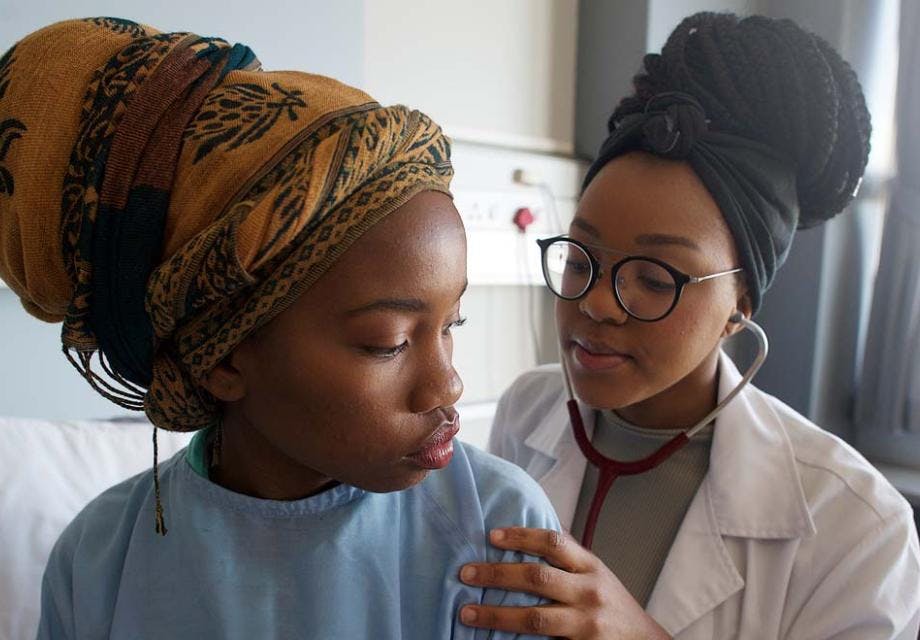Treatment for children with mild tuberculosis shortened by two months
Hester Phillips
31 March 2022
The World Health Organization has released new global guidance on TB treatment following a landmark trial
The World Health Organization (WHO) has released new guidance on managing tuberculosis in children and young adolescents, after a trial found that under-16s with non-severe tuberculosis (TB) can be treated with a shorter course of treatment.
What is the research about?
In 2020, 1.1 million children and young adolescents (ages 15 and under) became ill with TB. Around two-thirds have a non-severe type of TB.
The SHINE trial involved around 1,200 children and young adolescents with non-severe TB from South Africa, Uganda, Zambia and India. Around one in ten participants (11%) had HIV. This is the first trial on non-severe TB to involve children and adolescents, rather than adults.
Around half of the trial participants were given the standard six-month treatment. The other half were given four months. Participants were followed for 18 months to see whether their treatment had worked.
Why is this research important?
Until this trial, TB treatment for children and adolescents was based on the available evidence, which came from adults. But adults are more likely to have more severe forms of TB and need six months of treatment.
Children and young adolescents often stay home from school when they are on TB treatment. This disrupts their lives and education and the lives of their families. As most children and young adolescents with TB have a mild form, this trial assessed if treatment time for these age groups could be shortened.
What did they find out?
That treatment for four months using the same standard medicines is as effective as a six-month treatment course for children and young adolescents with non-severe TB.
The trial found this to be true, regardless of age, country or HIV status. There were few side effects in both groups.
WHO released new consolidated guidelines on TB this month [March 2022]. As a result of these findings, WHO now recommends that children and young adolescents with non-severe, drug susceptible TB have four months of treatment rather than six.
What does this mean for HIV services?
Having to spend less time on TB treatment will make it easier for children and young people to adhere, as they will need to make fewer visits to the clinic. The shorter treatment time will also be less disruptive for their lives.
This change will save TB programmes money. These funds can be spent on improving access to TB screening and diagnostic tests for children and young adolescents, whose TB often goes undetected.
WHO’s new guidance states that children and adolescents with HIV who have mild TB can be given a four-month course of TB treatment if they are on antiretroviral treatment and virally suppressed. But their TB treatment should be closely monitored and extended to six months if needed.
Children and adolescents who have more severe TB should receive the standard six-month or recommended treatment, depending on the severity of their TB.
Paediatrician Dr Priyanka Anand Kulkarni who was involved in SHINE said: "For parents it's very challenging to manage the pill burden and to motivate kids to complete the full duration of treatment. The short treatment course can make it more manageable."
Get our news and blogs by email
Keep up-to-date with all our latest news stories and blogs by signing up to the Be in the KNOW news digest.
